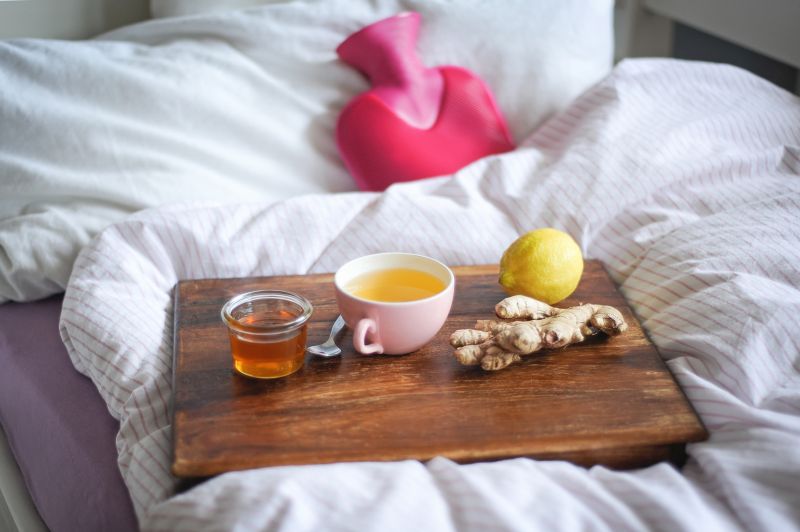
Old fashioned, home-made, or if you prefer, grandma’s remedies against colds are often much more effective and, at the same time, cheaper than treatments bought in a pharmacy. They are also completely natural, completely non-invasive. Self-treatment in the comfort of your own home is a practice worth recommending but remember that if the above-mentioned methods turn out to be not so effective, then is worth visiting a doctor to avoid unnecessary and unpleasant complications.
Even thou modern medicine , have a pill and syrup for everything, with the less serious illnesses is really a clever idea to try feel better by using some of the more natural remedies. As we speak, as I write this post, I am stuck at home with flu. The way I grow up, when I was sick, there were always grandmas’ ways of making us kids feel better. When I grow up, I came to realization, that is especially here, in America, the antibiotics are prescribed for everything, starting with running nose. So, every time I am feeling under the weather, I will always reach to the natural pharmacy first, and most of the time I do not need anything else.
So, let us see what you already have in the kitchen, which will make you feel better in no time.
Garlic
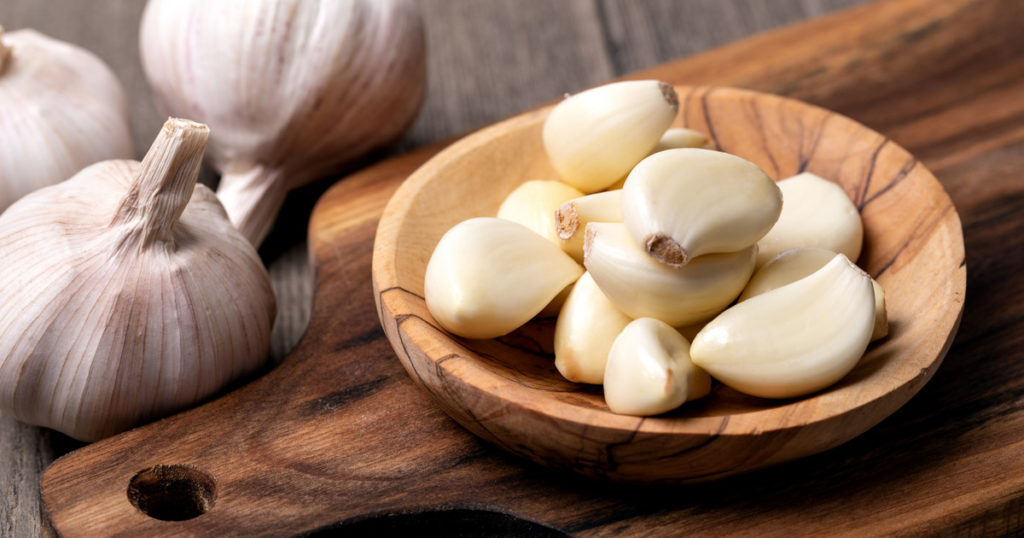
As a natural antibiotic, garlic is extremely effective not only in the fight against colds and flu, but also in their prevention. You can easily buy garlic extract in tablets in pharmacies, but as you know, it is always more effective to consume the product in its natural form. If we are unable to eat only a clove (or two …) of garlic, we can prepare it properly.
One of the homemade garlic products is syrup. To prepare it, squeeze a few cloves of garlic, squeeze lemon juice into them and pour boiled water over them. Pour the liquid into a dark glass vessel, preferably a jar, and set aside for about 3 days. Then drain off and the syrup is ready! When drunk several times a day, it will strengthen our immunity.
Squeezed garlic can also be added to warm milk (1 cup) with honey and butter (spoon each). Such a drink may not be very tasty, but it will certainly moisturize the mucosa of our throat and destroy the bacteria that multiply on it.
Another idea is to make a sandwich with garlic slices. For better taste, you can add a little salt or sprinkle it with herbs (oregano, basil, etc.).
Onion
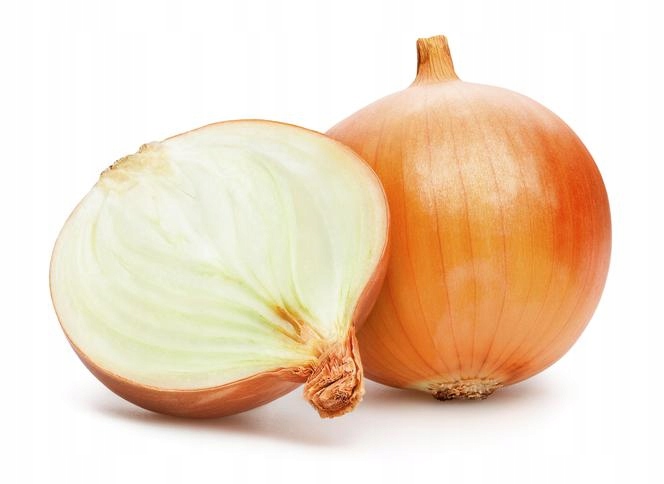
Another natural antibiotic is onion. In a duet with garlic, it not only tastes phenomenal, but is also an extremely powerful weapon in the fight against bacterial infections. However, let us focus on the onion itself, and more precisely the homemade delicacies that can be made from it and which will fight for our good health.
The taste of onion syrup is remembered from childhood by many of us. How to make it? Put the onion slices in a jar and cover each layer with honey. After a few hours spent in a warm place, when the onion gives off its juice, it is ready to drink.
Infusions, teas, syrups …
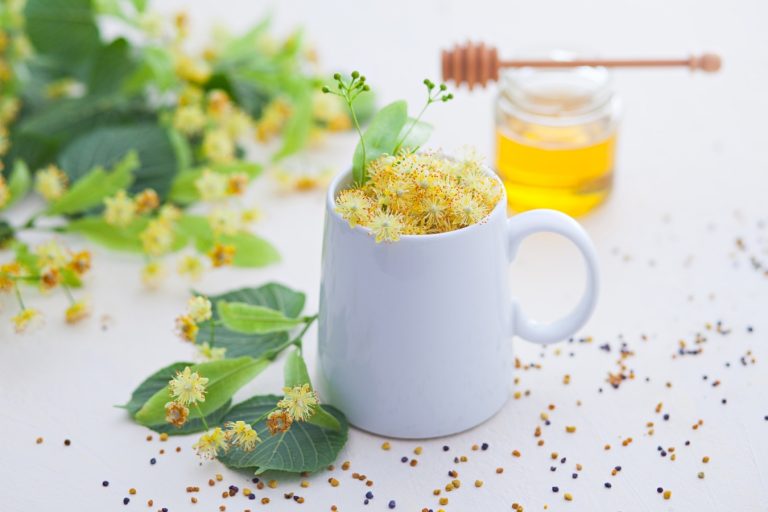
Peppermint and thyme are two ingredients that are ideal for preparing infusions with antibacterial and expectorant properties, which are ideal when we are tired of a wet cough. Their preparation is child’s play: herbs (1 teaspoon) pour about 125 ml of boiling water (half a glass). We drink the infusion freshly after brewing, several times a day, preparing it anew each time.
Diaphoretic drinks are also good for treating the common cold. If we feel that the disease is starting to develop, we should drink hot raspberry tea or tea with the addition of chopped, fresh ginger. Then we go to bed, cover ourselves thoroughly to keep us as warm as possible and “sweat out” the disease. Warming soups with pepper, chili or ginger will do the same. It is always worth adding the aforementioned garlic to this type of dish. Linden infusion is also diaphoretic (2 teaspoons of dried linden flowers covered with boiling water). A day spent in bed, during which we drink warming and diaphoretic drinks, is often enough to regenerate the body and bring us back to decent shape.
Another way to treat colds and flu is linden infusion, which has antipyretic properties, soothes runny nose and headaches. By acting diaphoretic, it removes harmful substances from the body. There are several ways to prepare this infusion. One of the recipes is: two teaspoons of dried linden flowers, which are poured with boiling water and brewed for about 10 minutes. Later, the broth should be strained and drunk. You can use hot infusion if you do not have an elevated temperature, or summer infusion if you have a fever. You can add honey, lemon juice or raspberry juice to the infusion (lukewarm, not hot).
Another syrup that is perfect for fighting winter infections, apart from the onion syrup and garlic mentioned above, is beetroot syrup. Its great advantage is not only its effectiveness, but also the simplicity of its preparation. You only need to peel and dice a large beetroot (red beet) and sprinkle it with a few tablespoons of liquid honey. We put the mixture aside for one day, and the next day it is ready to drink. It is recommended to drink beetroot syrup twice a day.
Honey
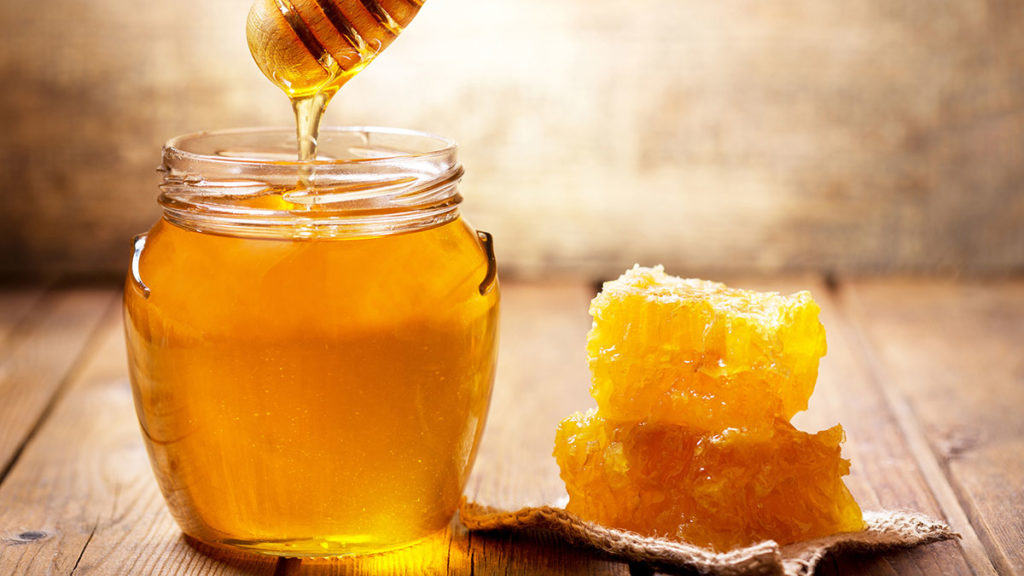
The use of pure honey as a “base” in grandma’s way is also justified because honey has antibiotic, anti-inflammatory, antiviral, expectorant properties, and stimulates the immune system. Multiflowered honey is the best for colds. With the flu for severe colds, you can take two teaspoons every hour. Honey, in order to have its health properties, must come from a proven source, preferably straight from the beekeeper, and it cannot be heated to a temperature above 40 degrees.
Vitamin C
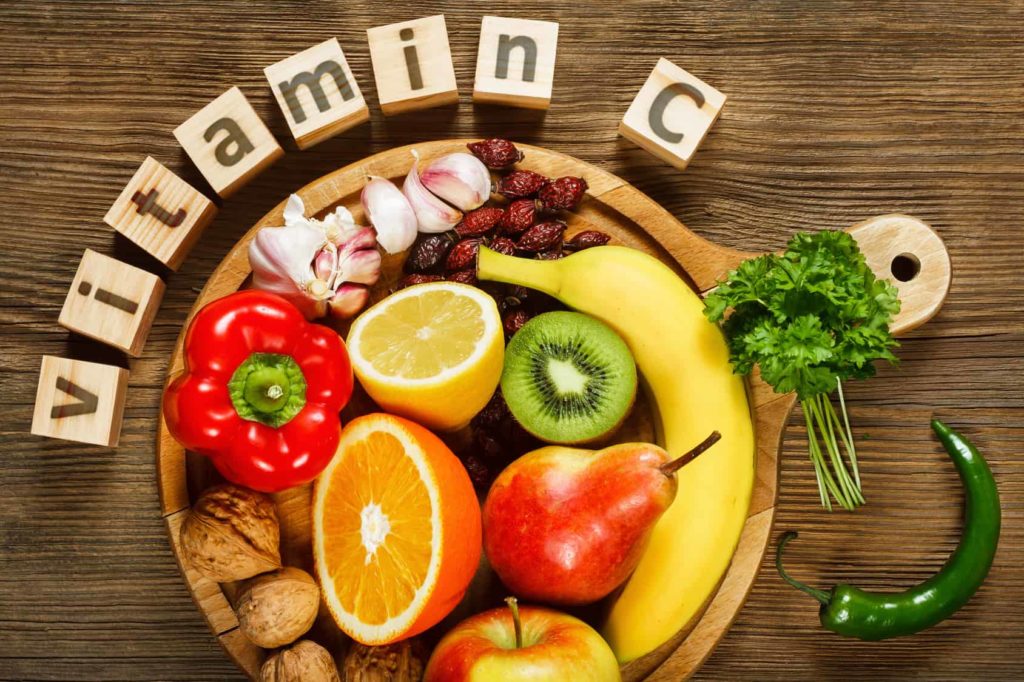
Vitamin C, or in other words ascorbic acid, has been recommended for years in all kinds of colds. What is more, it is one of the antioxidants (antioxidants), so it has a much wider pro-health effect on our body. Sources of vitamin C in food include: lemons and citrus fruits, peppers, chokeberry, acerola, black currant, raspberries, etc. It is worth remembering that vitamin C is easily degraded, so the vegetables or fruit we eat for its supply should be fresh and subjected to as little heat treatment as possible.
Alcohol and Amber tincture
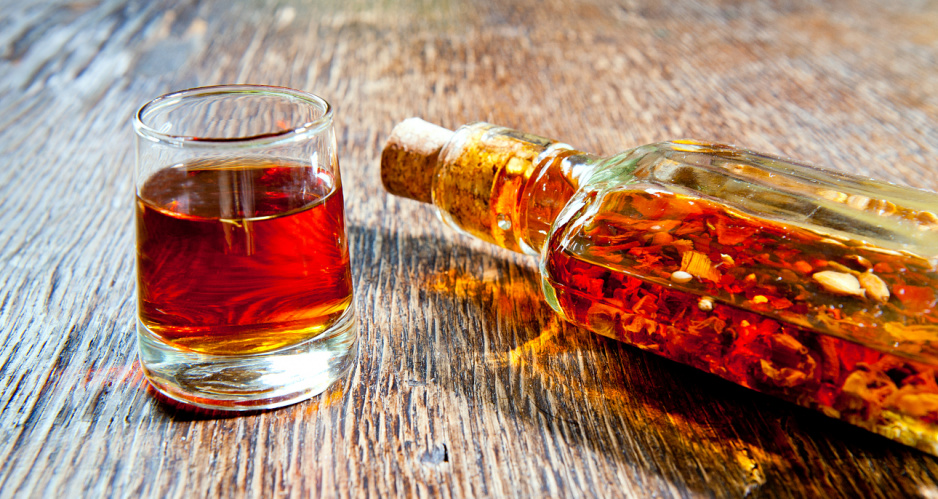
What an alcohol have in common with cold and flu?? Well, contrary a lot. However, it all depends on what alcohol and in what amounts you drink. An effective way to fight the disease is to use amber tincture, both internal, i.e., by drinking, and external, i.e., when we lubricate the neck, back and chest.
Recipe for amber tincture:
- pour 40 g of fine amber into a half-liter bottle
- pour over 70% or stronger spirit
- Set aside for two weeks.
- After using the tincture, the amber can be poured again.
- The finished tincture is rubbed on the neck, back and chest.
The treatment lowers the body temperature and accelerates recovery. It can also be used for tea – pour three drops of the tincture into a glass of tea. Drinking tea with amber tincture can be combined with rubbing. It also warms up the body well.
Raspberry juice / syrup
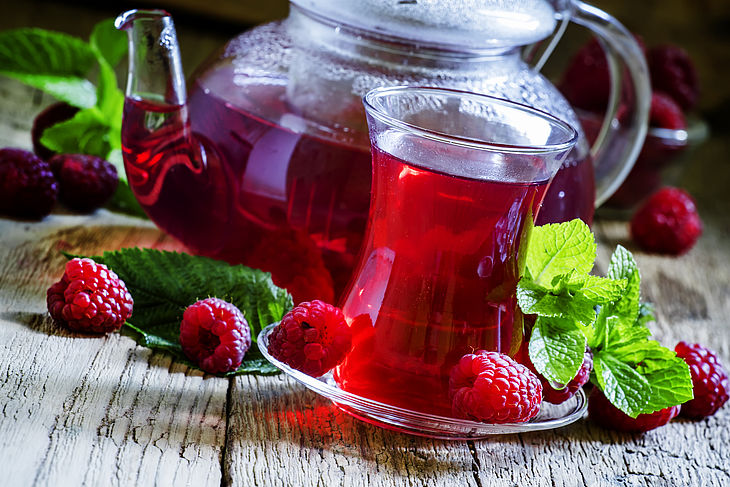
it has a diaphoretic effect, thanks to which it reduces fever – the body cools down during increased sweat secretion. Raspberry juice should be added, for example, to linden infusion, which also has antipyretic properties. The additional effect of linden on runny nose and headache is most desirable in the case of colds.
“Electric Tea”
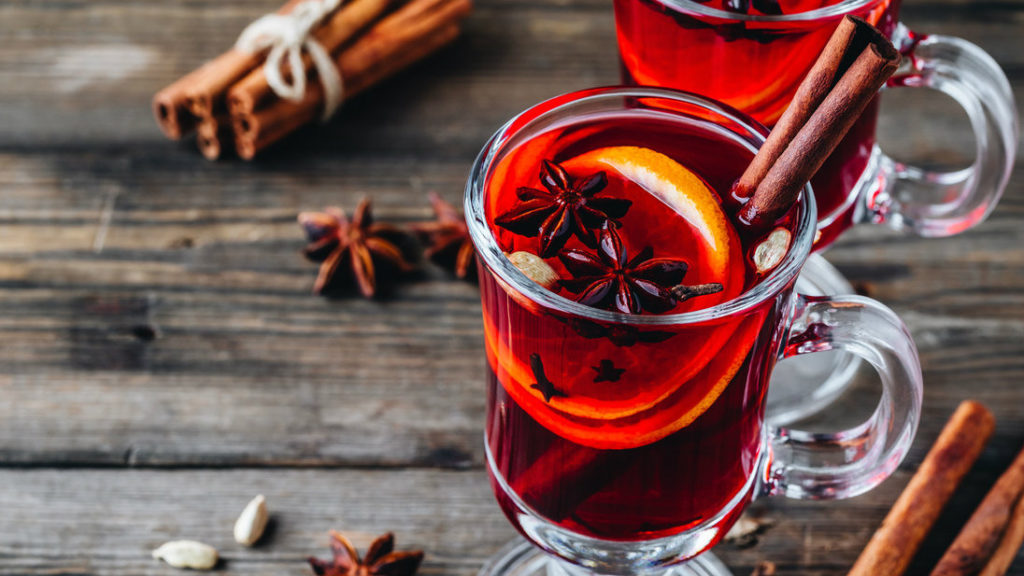
tea with “electricity” or mulled beer (mulled wine).
The classic recipe for mulled wine is:
- 0.5 liters of light beer/ or red wine
- Two tablespoons of honey,
- a pinch of nutmeg,
- Six cloves,
- One flat teaspoon of cinnamon.
Beer is poured into a tall dish and the remaining ingredients are added. The beer is heated over low heat, stirring constantly, but not brought to a boil. Beer should thicken and slightly foam. It is recommended to drink warm drinks with alcohol just before going to bed, because the elevated temperature enhances its effect.
Fresh vegetables and fruits will improve immunity

By eating vegetables and fruit, we will provide the body with additional vitamin C, which also increases our immunity. The largest amounts of it are contained in rosehips, citrus, and berries. When it comes to vegetables, it is worth reaching for peppers, tomatoes, horseradish, and cabbage. Remember that vitamin C is sensitive to elevated temperatures. Therefore, eat as much as possible raw.
Products rich in probiotics
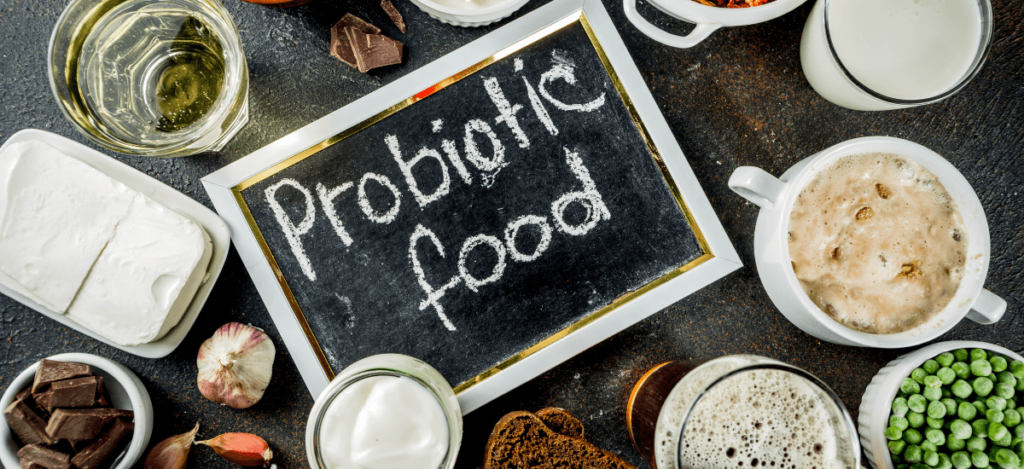
During colds and flu, it is worth introducing products that naturally support the body’s immunity to the menu. These include fermented unsweetened milk drinks (kefir, yogurt, buttermilk, sour milk) containing bacteria with proven probiotic effect – unfortunately, in most fermented milk drinks, bacteria do not survive and do not reach the large intestine. The name of the probiotic bacteria in the drink must contain at least the three-membered name of the strain that has been proven to work in tests – e.g., Lactobacillus casei DN 114001.
Sauerkraut and pickled cucumbers also have probiotic effects. In addition to probiotic bacteria, pickled vegetables also provide lactic acid, which cleanses the body and strengthens the immune system, protecting us against diseases. Natural probiotics have a very positive effect on our body, improving the functioning of the immune system, and help the body fight pathogenic bacteria. Probiotics are especially recommended during and after antibiotic treatment.
Put a flu bubble
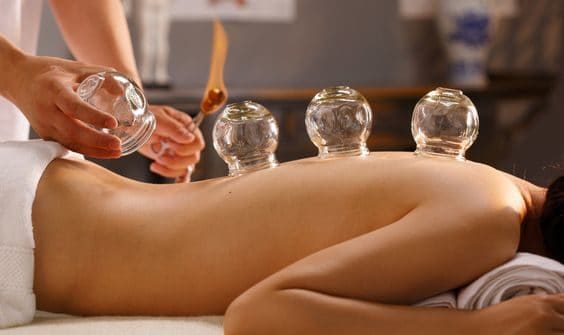
If the flu patient’s condition remains unchanged for a few days and there is visible weakness, it is beneficial to place the bubbles. This is an old and proven method discovered by Eastern Medicine, it was once treated for all upper respiratory infections, including bronchitis and pneumonia. Cups have anti-inflammatory and analgesic properties, detoxify, relax, calm down, but most of all – which is important in the case of flu – they strengthen and stimulate the immune system. Cups are a safe therapeutic measure; they can be placed even on young children. Self-treatment in the comfort of your own home is a practice worth recommending but remember that if the above-mentioned methods turn out to be not so effective, then is worth visiting a doctor to avoid unnecessary and unpleasant complications. Remember if you overall in a good health, without any previously existing conditions, you will be perfectly fine fighting the cold or flu at home, by yourself. In any other case, or if your condition worsens, consult it with your doctor.



